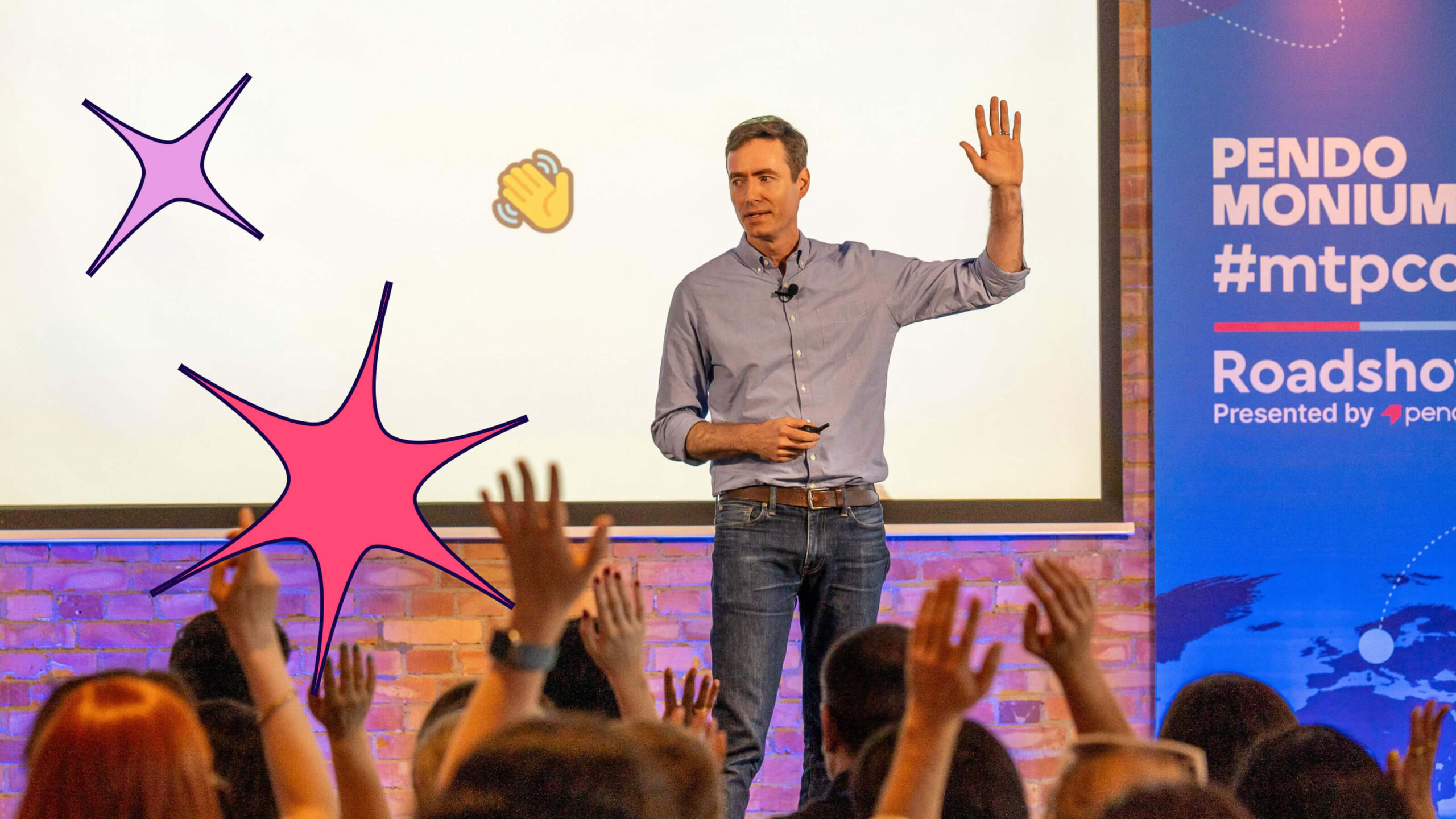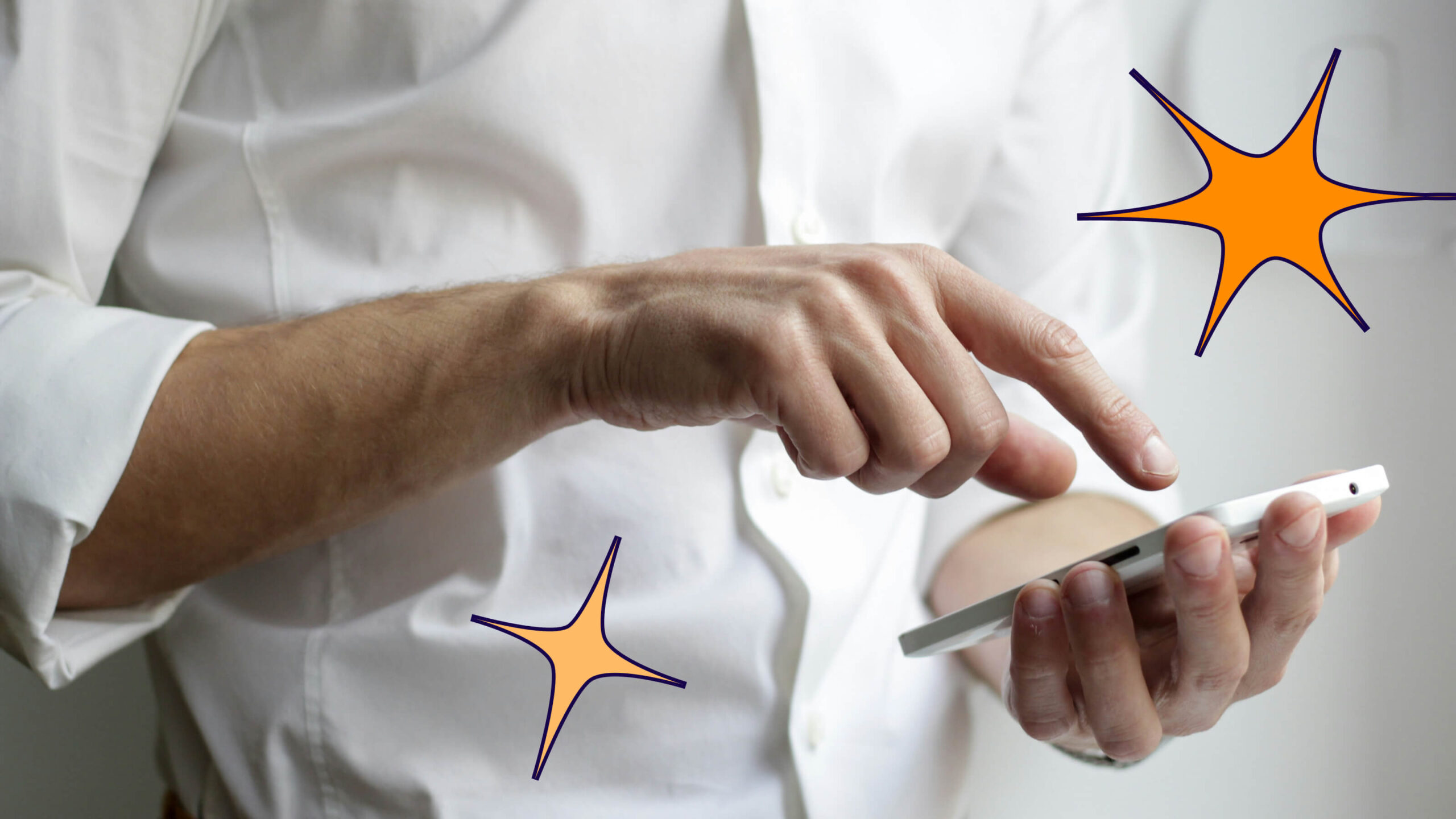First Impressions Matter: Why New Users Should Discover Your Product’s “A-ha!” Moments Quickly
I recently attended an event where the keynote speaker was talking about Todd Olson’s book, “The Product Led Organization.” Out of all of the great content in this talk, the concept of “a-ha!” moments seemed to strike the audience (who were mostly enterprise software product and UX professionals) the most.
What are “a-ha!” moments?
An “a-ha!” moment” is the first time a user finds value in your product. The speaker cited two examples of famous “a-ha!” moments noted in Olson’s book:
Facebook: Connect with seven users in the first 10 days.
Dropbox: Save one file in one folder on one device.
Both Facebook and Dropbox figured out early on that these were the actions that would be most likely to ensure user adoption of their products post-onboarding.
I spent some time talking with a few of the attendees after the event and in every conversation, the Facebook example above kept coming up, while the Dropbox example was largely ignored. One product leader wanted to sift through their app performance data and begin looking for their “a-ha!” moments right away. Another was concerned that his apps might not even have an “a-ha!” moment because he wasn’t sure how to begin finding that in the data.
In both cases, and in a few other discussions with attendees that day, a common theme was emerging. They were all focused on how to find “a-ha!” moments in their data before they had identified what the “a-ha!” moment was for the first time user.
These reactions are understandable. In many companies–particularly larger enterprises that aren’t pure software companies–product people often inherit applications that they had no hand in building. They were not around when product/market fit was (hopefully) established. They may not have had the luxury of UX or CX resources to help flesh out personas and user journeys. Many of them are overworked and may not have top-down support to “do things right” –whatever that means these days.
Regardless of the situation, there are a few basics that can be applied to leveraging “a-ha!” moments, and it doesn’t always start with measurement. In the Facebook example, those product managers likely didn’t know the threshold was seven days when they first established that metric. They probably started with an easy assumption: A user needs to add X number of friends within Y time period after they sign up in order to find value in the product.
It’s not that finding the X and Y data points aren’t important, but they will come later. What’s more important is making sure your users find that value as fast as possible during their first-time user experience (FTUE).
The first-time user experience
It was once famously said: “You never get a second chance to make a first impression.”
The first-time user experience is your first chance to convince new customers that they will love your product, and an excellent experience can lead to increased user retention and decreased churn.
Designing an effective FTUE starts with connecting what your users are trying to accomplish to how your software will help with that job-to-be-done. Imagine it as a line or a path that connects the user’s need with your product’s “a-ha!” moment. Now you can begin to design an experience that leads them along that path quickly by removing as much friction as possible. Sign up forms, unnecessary tutorials, or anything that generally presents too much information to the user before they’ve discovered why they should continue to use your app will only increase the chance that they will churn.
There are many examples of apps that successfully let users experience their product with very little effort on behalf of the user. When a user first visits YouTube, they are shown a list of very popular videos from all sorts of genres, along with a search bar at the top so they can find and watch whatever they’d like. TripAdvisor asks a simple question, “Where to?” which is also featured prominently on the home page. And when a user experiences DoorDash for the first time, they are able to browse tons of restaurants once they enter a delivery address. None of these experiences require signup forms, tutorials, explainer videos, or any real effort from the user in order to see value from that app or service quickly.
Of course, there are some apps that do require account creation before a user can proceed further. In those cases it is best to make that signup and onboarding process as frictionless as possible by asking the bare minimum before letting the user experience why your app will help solve their problem.
How to optimize the onboarding experience
We’ve already established that getting users to an “a-ha!” moment as quickly as possible is critical to user stickiness. If the FTUE happens after a user registers, it is best to design an effective onboarding strategy that again removes friction and gets users to discover the “so what” of your app quickly.
Treat onboarding as an ongoing conversation
Although it is important to lead users to an “a-ha!” moment quickly during the initial first-time onboarding experience, communication with your users shouldn’t stop there. Think of it as an ongoing conversation with your users. Guides, tooltips, tutorials, and other in-app communication mechanisms (when timed correctly) help to continue that conversation and allow users to discover additional “a-ha!” moments. Just be sure to not overload them with too much information.
Focus on one “a-ha!” moment at a time
It might be tempting to list every way that your application provides value to a user, but it is best to stack, rank, and prioritize the most important “a-ha!” moments first.
Consider the example from Dropbox: Save one file in one folder on one device. It is a pretty simple threshold, and I’m sure there were PMs at Dropbox who would have pushed back on this choice when you consider that you can share files with others, set different permission levels, sync among several devices, refer friends to get free storage, etc. I can’t speak for how Dropbox actually handled their onboarding/FTUE back when they created the “save one file…” metric above, but I’d imagine that throwing all of that information at a user during their first experience might be overwhelming.
Prioritize based on user intent
Here’s where you really have to prioritize what the most important “a-ha!” moment is for each user, taking into consideration their intent, their journey, and their job to be done—or the job they need your software to do for them.
While there can be overlap between various user personas (and maybe every user of your app uses every feature), each person likely has a certain intent or motivation that is a higher priority than others. In the case of mobile banking apps, one primary intent could be to deposit checks quickly, while for others the ability to transfer between accounts may be a higher priority.
It is important to design a frictionless path to an “a-ha!” moment in each user journey based on that user’s core need or motivation. Users with a primary intent of depositing checks may still want to discover how to transfer funds in the mobile banking app, but they should first find the “a-ha!” moment of their primary intent before they are later prompted with a tip for using other features that they don’t know about yet.
The best way to leverage “a-ha!” moments that already exist within your product is to ensure that users discover them very quickly—within minutes of the first-time user experience. This is the first step in an ongoing conversation that leads to frequent usage, and then becomes a positive habit that sticks. Don’t stress if you can’t measure your “a-ha!” moments right away, or back it up with data, or don’t have data scientists on staff. Make small bets and assumptions on what that “a-ha!” moment is, then test those with various calls to action in your onboarding flow. Measure, rinse, and repeat.


